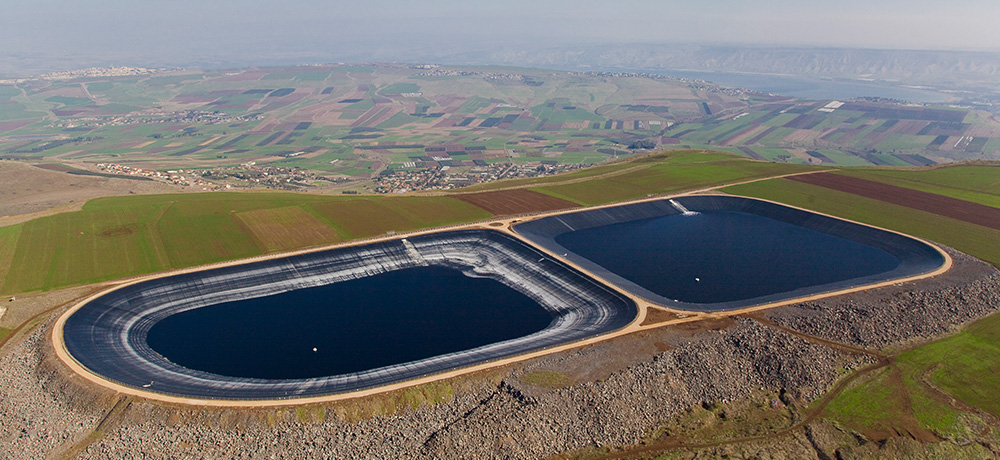- Español
- Português
- русский
- Français
- 日本語
- Deutsch
- tiếng Việt
- Italiano
- Nederlands
- ภาษาไทย
- Polski
- 한국어
- Svenska
- magyar
- Malay
- বাংলা ভাষার
- Dansk
- Suomi
- हिन्दी
- Pilipino
- Türkçe
- Gaeilge
- العربية
- Indonesia
- Norsk
- تمل
- český
- ελληνικά
- український
- Javanese
- فارسی
- தமிழ்
- తెలుగు
- नेपाली
- Burmese
- български
- ລາວ
- Latine
- Қазақша
- Euskal
- Azərbaycan
- Slovenský jazyk
- Македонски
- Lietuvos
- Eesti Keel
- Română
- Slovenski
- मराठी
- Srpski језик
Geomembrane connection construction and quality inspection analysis
2021-03-24
The construction of geomembrane connection includes connection, welding and vulcanization methods. The connection method used in specific engineering practice should be reasonably selected according to different anti-seepage requirements and the characteristics of the selected geomembrane. The connection treatment between the geomembrane and the surrounding boundary requires tight connection to block the filtration inlet and cut off the lateral filtration path. Prevent water seepage into the lower surface of the geomembrane to form blisters, and cause the geomembrane to expand and rupture when the water level drops sharply.

Therefore, during the construction process, it is necessary to excavate anchor trenches on the embankment foundations and slopes, and bury geomembrane in the trenches. For river beds with thick overburden, if the buried depth of the bedrock is relatively shallow, it is usually necessary to dig it into the rock base, and then pour it into the concrete base to anchor the geomembrane or bury the geomembrane directly in the concrete base; The burial depth of the rock is relatively large, and the geomembrane covering method is usually used to prevent leakage; for the waterproof cohesive soil foundation, the anchor trench can be dug directly, and the clay is filled after the geomembrane is buried.
The quality of the geomembrane connection is the key to the success or failure of the anti-seepage performance of the geomembrane, so a joint inspection of the geomembrane must be carried out to ensure the quality of the joint.
There are two detection methods: 1. Visual inspection, 2. On-site leak detection. Check the connection visually: after the geomembrane, check whether the joint is missing, whether the joint is burnt, whether there are wrinkles, whether the splicing is uniform, etc. Used for on-site leak detection: there are two types of inflation method and vacuum method, which should be selected according to the specific situation.

Therefore, during the construction process, it is necessary to excavate anchor trenches on the embankment foundations and slopes, and bury geomembrane in the trenches. For river beds with thick overburden, if the buried depth of the bedrock is relatively shallow, it is usually necessary to dig it into the rock base, and then pour it into the concrete base to anchor the geomembrane or bury the geomembrane directly in the concrete base; The burial depth of the rock is relatively large, and the geomembrane covering method is usually used to prevent leakage; for the waterproof cohesive soil foundation, the anchor trench can be dug directly, and the clay is filled after the geomembrane is buried.
The quality of the geomembrane connection is the key to the success or failure of the anti-seepage performance of the geomembrane, so a joint inspection of the geomembrane must be carried out to ensure the quality of the joint.
There are two detection methods: 1. Visual inspection, 2. On-site leak detection. Check the connection visually: after the geomembrane, check whether the joint is missing, whether the joint is burnt, whether there are wrinkles, whether the splicing is uniform, etc. Used for on-site leak detection: there are two types of inflation method and vacuum method, which should be selected according to the specific situation.

